A Scientist Is Using Robots to Perform Thousands of Experiments
Formulating hypotheses designing and running experiments analyzing data and deciding which experiments to run next. Dubbed Adam the robot is the handiwork of researchers at.

Indian Origin Scientist Developing Robots To Do Tough Tasks World News Hindustan Times
No he is not a Nobel Prize Laureate or even a prodigy.

. As a prototype for a robot scientist Adam is able to perform independent experiments to test hypotheses and interpret findings without human guidance removing some of the drudgery of laboratory experimentation. In a trial reported in Nature today the robots creators led by PhD student Benjamin Burger say it was able to perform experiments 1000. An intravenous solution B.
A natural extension of the trend to ever-greater computer involvement in science is the concept of a robot scientist This is a physically implemented laboratory automation system that exploits techniques from the field of artificial intelligence 79 to execute cycles of scientific experimentationA robot scientist automatically originates hypotheses to explain observations. It has humanoid dimensions and. The robot scientist the first of its kind makes its own decisions about which chemistry experiments to perform next and has already discovered a new catalyst.
With only half-a-day of human set-up this robot can work autonomously on science experiments for over 20-hours straight. Using CRISPR new technique makes it easy to map genetic networks. The CRISPR-Cas9 protein above allows researchers to inactivate individual genes in the genome using a guide RNA sequence that matches the target gene.
Most of this work is done in simulation or by trawling through databases though and a lot of science still. Scientists build autonomous labs that use computers robotics and lab equipment to experiment and analyze results. These guide RNAs are paired with nucleotide barcodes in a new and fast technique to map genetic networks called CRISPR.
Adam is capable of. In the first published example the robot conducts 688 experiments over 8 days working for 172 out of 192 hours. It generates hypotheses from a computer model of the domain designs experiments to test these hypotheses runs the.
Monitoring the reactions in real-time with a mass spectrometer a nuclear magnetic resonance machine and an infrared spectrometer the system eventually learned to predict which combinations would. A robot scientist that can generate its own hypotheses and run experiments to test them has made its first real scientific discoveries. Scientists designed Adam to carry out the entire scientific process on its own.
AI Lab-Bots That Can Take On Reams of Data. Devising experiments to test these hypotheses. When it comes to being a scientist Adam is quite the standout.
If there were a way to focus on science and experiments without being tied to. Hes more like a prototype the first robot to design perform and interpret a series of scientific experiments leading to a new discovery. Robot Scientist armed with preloaded information about yeast biochemistry and biological pathways first generated hypotheses regarding possible functions and then ran a variety of experiments.
To do this it makes 319 moves completes 6500 manipulations and travels a total. This is a system which uses techniques from artificial intelligence to automate all aspects of the scientific discovery process. Details about the robots created using the heart and skin stem cells from the African clawed frog were unveiled last year after experiments showed.
A scientist is using robots to perform thousands of experiments on different chemical compounds to see how they affect cancer cells. D needed for this robot chemist to start conducting important. In The Lab Of The Future Robots Run Experiments While Scientists Sleep.
Hypothesizing to explain observations. More recently Lee Cronin a chemist at the University of Glasgow has been using a robot to randomly mix chemicals to see what sorts of new compounds are formed. Stanford-hosted study examines how AI might affect urban life in 2030.
In the first of what will be a century-long series of periodic studies. Meet Adam and Eve. AI is being widely applied to speed up the search for new drugs and new materials that could dramatically improve critical technologies like batteries and solar panels.
What is this process called. This Robotic Chemist Does Over 600 Experiments a Week and Learns From Its Own Work. This time for.
We review the main components of autonomous scientific discovery and how they lead to the concept of a Robot Scientist.

Valkyrie Nasa S Superhero Robot Humanoid Robot Medical Robots Robot

Robot Dreams Are Helping Them To Learn Like Humans Research And Innovation

This Robot Scientist Has Carried 100 000 Experiments In A Year Itmunch

Premium Vector Kids Scientist Research Cute Cartoon Characters Research Abstract Science Icons
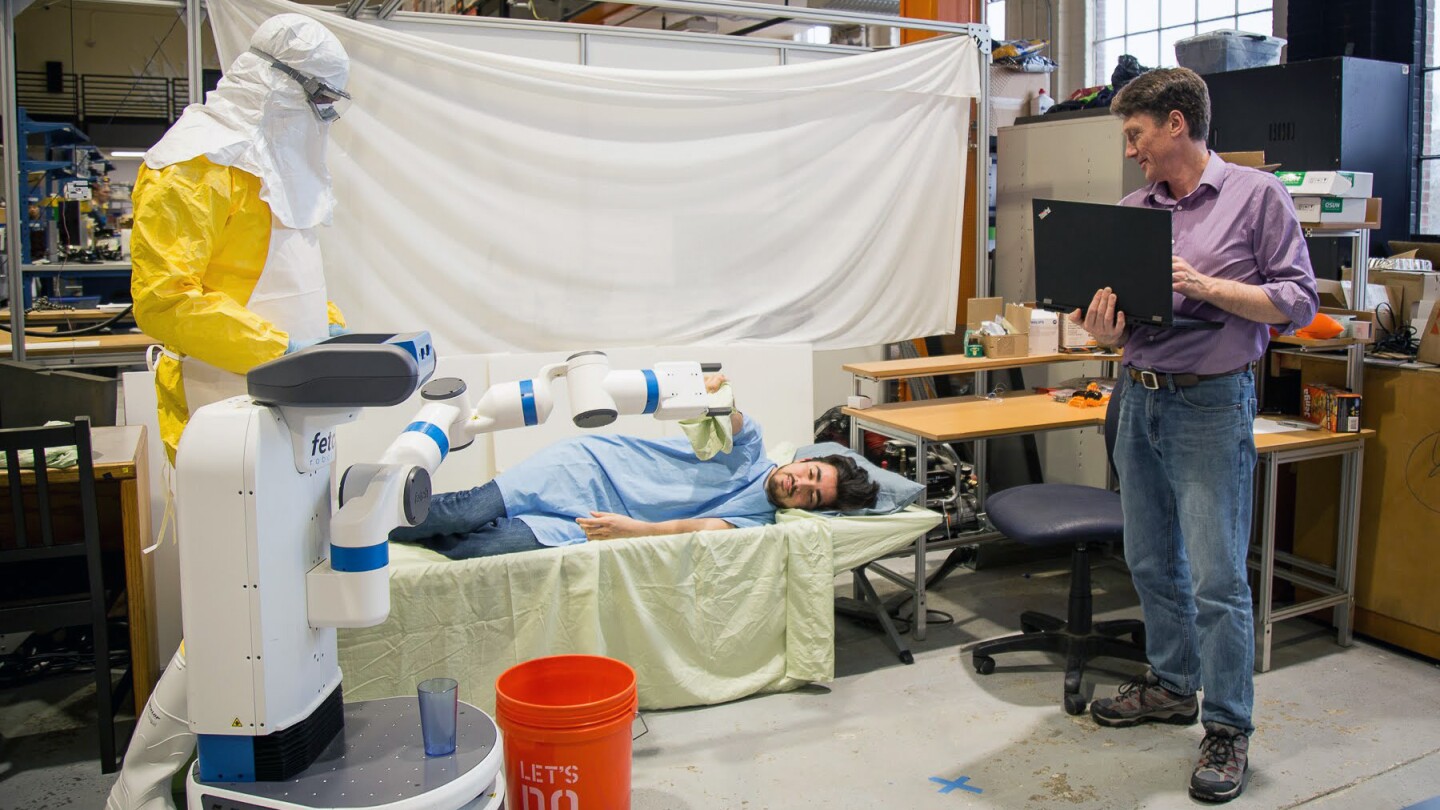
Amazon Scholar Has His Eyes On The Future Of Robot Movement Amazon Science

Download Hand Drawn Chemistry Background For Free How To Draw Hands Abstract Science Chemistry

Pin On Startalk Radio Season 4
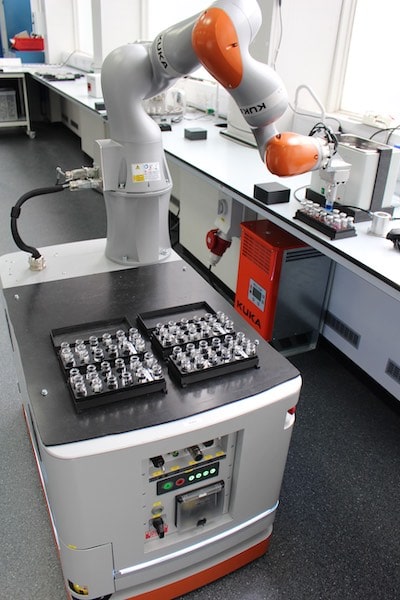
Experiment Too Big Hire A Mobile Robot Scientist

A Mobile Robot Scientist Capable Of Carrying Out Experiments By Itself Tech Explorist

Robot Makes Scientific Discovery All By Itself Wired
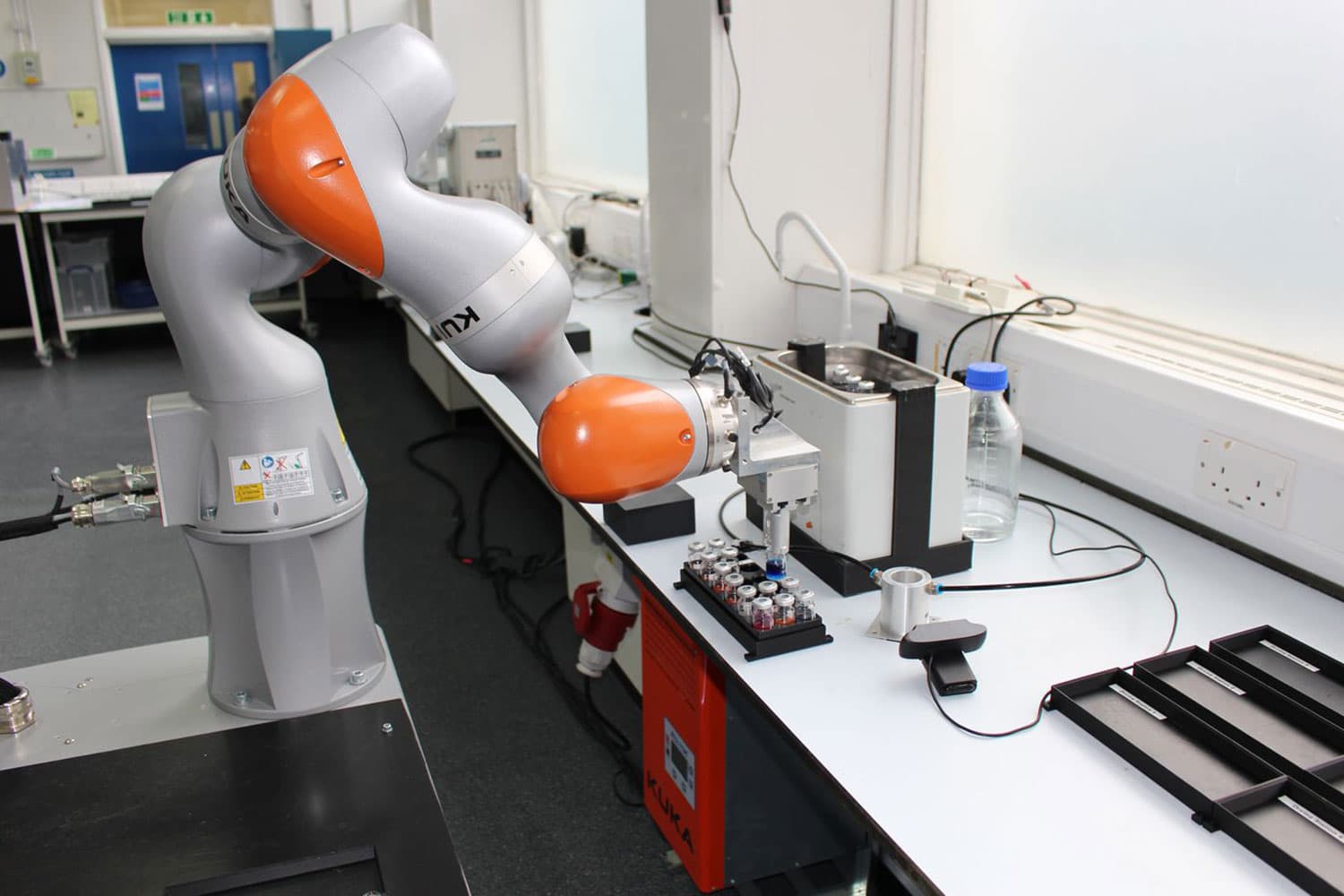
A Mobile Robot Scientist Capable Of Carrying Out Experiments By Itself Tech Explorist

Free Vector People Working In A Science Lab Science Lab Science For Kids National Science Day

Download Scientific Experiments Poster Template For Free Poster Template Biology Experiments Vector Free
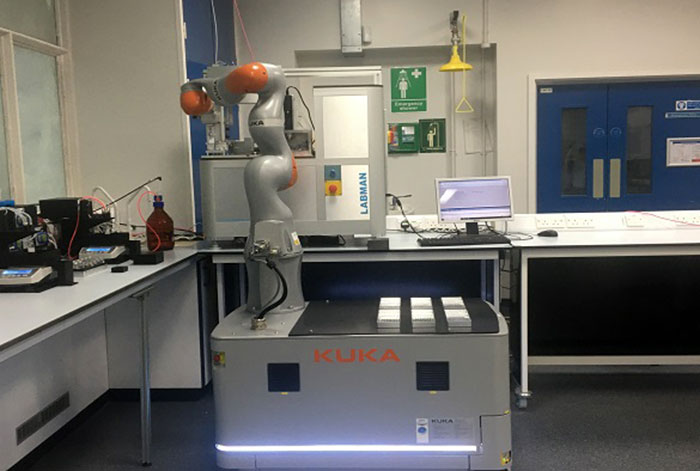
A Mobile Robot Scientist Capable Of Carrying Out Experiments By Itself Tech Explorist
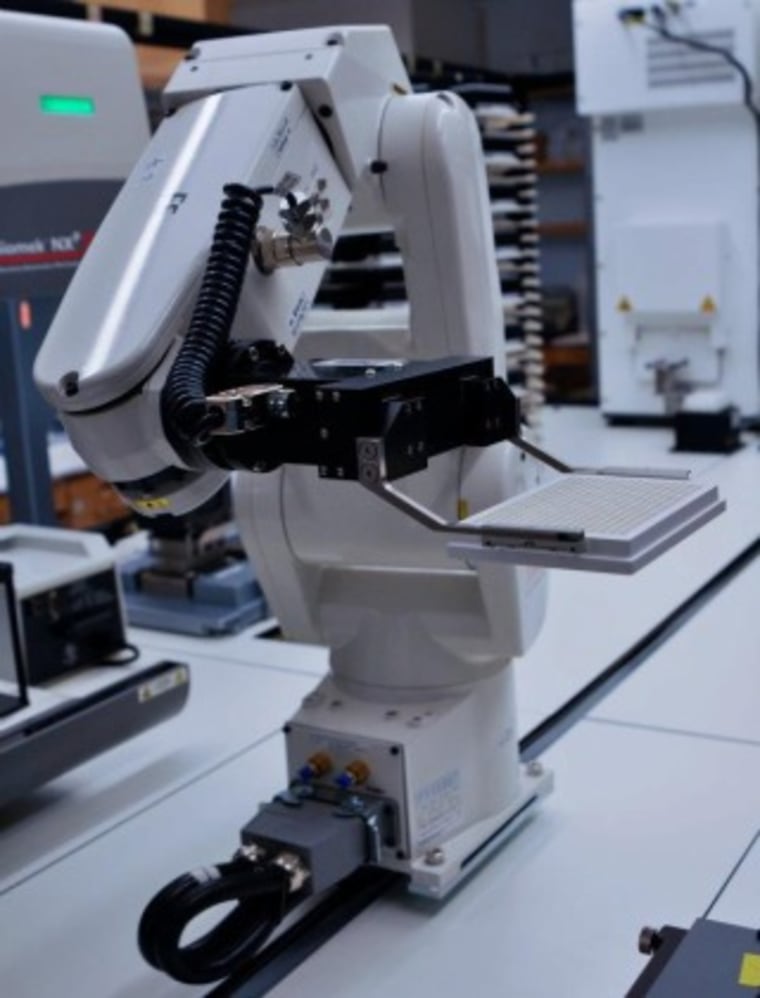
Dna Wrangling Robot Performs 200 000 Experiments A Week

Robot Monkey Scientist Make Laboratory Experiment Vector Image
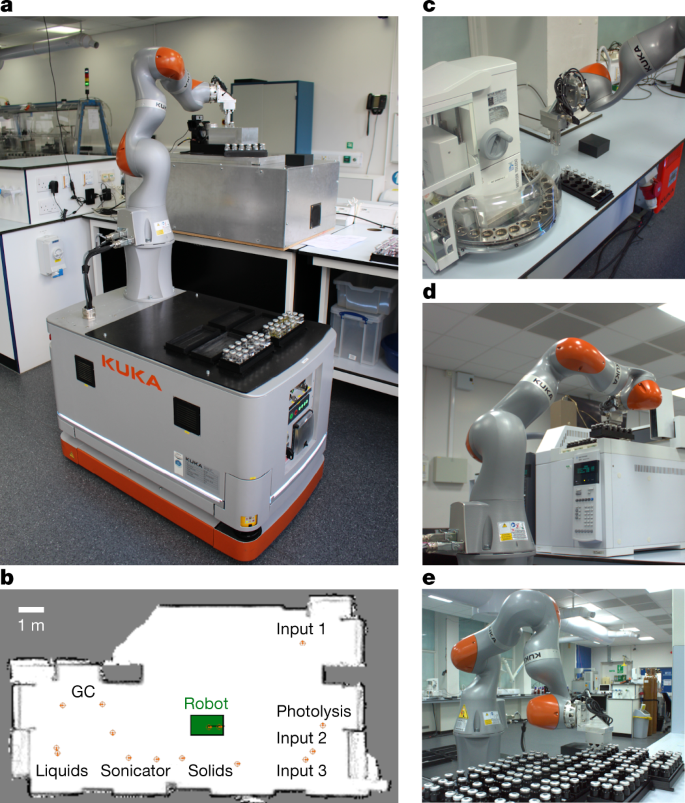
A Mobile Robotic Chemist Nature
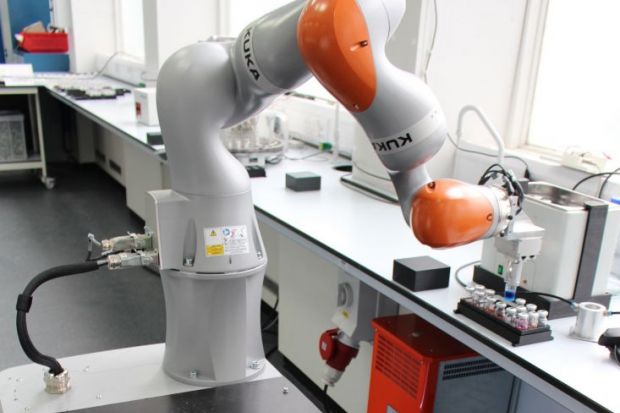
Robot Scientist Works 1 000 Times Faster Than Human Researchers Times Higher Education The

Cover Of The Day Popular Science November 2014 Science Magazine Popular Science Science
Comments
Post a Comment